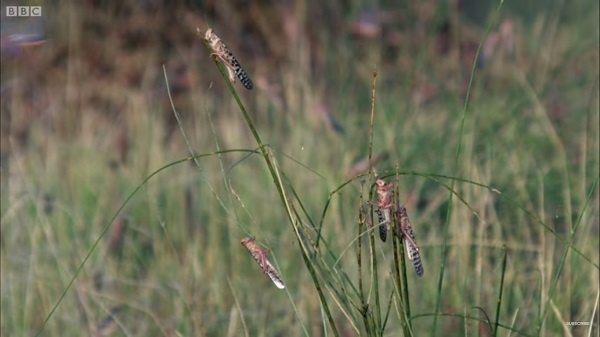
(FAO) – Immature and mature desert locust swarms that formed from recent breeding during the summer are moving into new areas in Pakistan and Ethiopia with the possibility of further migration.
In the Central Region, control operations are in progress against groups of hoppers and adults in the Afar region of northeast Ethiopia and along the railway area near Dire Dawa in the east. Adults are forming an increasing number of immature and mature swarms, some of which have already moved to the Ogaden area in eastern Ethiopia, perhaps supplemented by other undetected swarms from northern Somalia. This movement is expected to continue during the remainder of October and into November on two fronts: towards the southeast and the Ogaden that could lead to an invasion on northeast Kenya, and towards the north from Afar to Tigray and the western lowlands and highlands of Eritrea, reaching the Red Sea coastal plains in Eritrea and adjacent southern coastal areas in Sudan.
In Southwest Asia, desert locust swarms are forming in the summer breeding areas along both sides of the Indo-Pakistan border where substantial control operations continue in both countries. As conditions dry out, an increasing number of small swarms will move from east to west to the spring breeding areas in southwest Pakistan and southeast Iran. So far, swarms have been seen recently in the Las Bela area west of Karachi and gregarious adults were reported on the southeast coast of Iran and in the Pishin area near the border of Pakistan.
Cyclone Kyarr is currently forming in the northern Indian Ocean. During this week, Kyarr is predicted to move in a northwesterly direction towards the coast of northeast Oman, then southwest along the eastern coast. Strong northeasterly winds associated with the cyclone could carry a few swarms from the Indo-Pakistan border area to the northern and eastern coasts of Oman. There is a possibility that this movement could continue to eastern Yemen.
All affected-countries are urged to maintain a high state of vigilance, monitor the situation regularly by carrying out ground surveys, and undertake the necessary control operations whenever possible.
Source: Food and Agriculture Organization of the United Nations (FAO)
